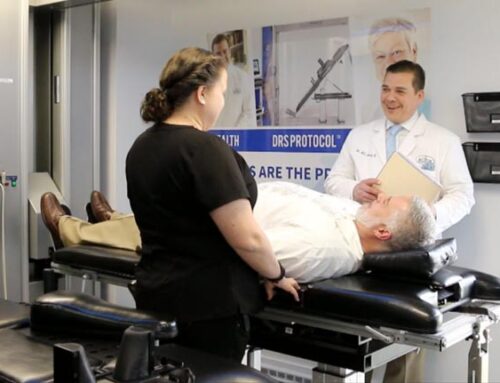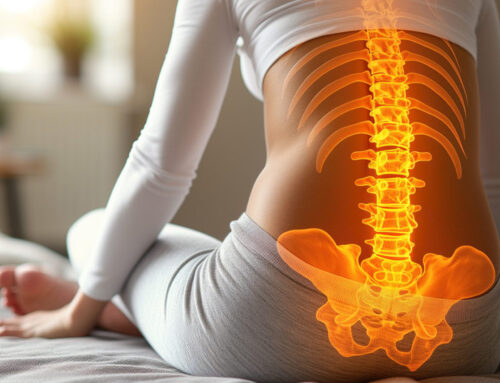For many years, studies have shown the poor long-term outcomes of disc surgeries and spinal fusions. In fact, according to Dr. David Hanscom, Spinal Surgeon, it is about a 25% success rate for fusion surgeries, and it is 40% likely that patients who have fusions will still have pain after surgery and the pain may be many times worse. However, many people still believe that surgery will be a miracle cure for chronic back or neck pain. There are unfortunate side effects for patients who have had surgery for disc conditions, especially fusion-type surgeries. These surgeries have a shelf life of two to five years, if even that, before the patient may begin to experience failed surgery syndrome.
Back pain is so prevalent that most people, 8 out of 10, will suffer from it at some point in their lives, and it is one of the most common reasons people seek medical care in the United States. Back pain is annually estimated to cost between $25 billion to $50 billion US. Back pain is the most common cause of disability for people under the age of 45, is the most common occupational disability in the United States, and is the second leading cause of work absenteeism.
Back pain is pain anywhere in the back, from the neck to the low back. Pain is assessed by utilizing multiple determiners which include intensity (measured on a scale from 1 to 10), duration, source, and location within the body. X-rays, blood samples, and other tests can detect problems that might cause it, but pain cannot be seen, and pain is subjective. What one patient perceives as debilitating pain another will not. Everyone experiences pain differently. How the brain interprets pain is subjective, and it is influenced by emotional and physical factors, such as personality, underlying health conditions, physical and genetic makeup, previous episodes of pain, and preconceived ideas about pain.
Back pain is not always the result of an immediate accident or injury but often is due to long-term repetitive actions such as poor posture or improperly lifting or unevenly carrying heavy objects such as purses and children. Altered body mechanics will contribute and definitely our lack of physical fitness contributes. It is common that some people suffering from back pain may be unaware of the escalation of their condition. Attitude and even influence of our culture may play into why people tend to ignore and or also deny they are experiencing pain. An example of pain progression would be increased tingling and numbness in the extremities – arms or legs – and the change from intermittent pain to constant pain. By the time pain has progressed to the point of interfering with daily life and the ability to work, there can be permanent changes and nerve damage.
Low back is approximately between the bottom of the ribs and the top of the legs at the back. Acute low back pain can be extremely limiting and disabling and is one of the most common reasons for a visit to the emergency room or the doctor’s office.
The most common causes I see in my practice are degenerated discs and herniated discs. Symptoms include dull and/or sharp, shooting and stabbing pain, numbness and tingling, limited flexibility and stiffness, sharp shooting pain into the legs, and not being able to stand straight.
Commonly associated with herniated or degenerated discs is sciatic pain (leg). This pain is along the length of the sciatic nerve, the largest bundle of nerves in the body. The sciatic nerve branches off the spine at the pelvis and travels down each leg. Irritation at the root of this nerve, where the nerve exits the spine, may cause pain the entire length of the leg, and this can be accompanied by leg weakness. Sciatic pain can be severe and debilitating. Patients often misinterpret this as a problem with their legs, when the primary cause is the result of a bulging disc compressing a nerve at the base of the spine. Sometimes, with severe inflammation, the pain will also be in the hips and buttocks.
Many times fusions are recommended for degenerative disc disease and discectomy surgery for herniated discs. Each surgery has downfalls. As noted earlier, the success rates for fusions are not good and with a discectomy surgery, the disc is weakened and can easily reherniate because the disc is weakened.
According to Dr. Ralph Rashbuam, Board-Certified Orthopedic Surgeon, he tells his patients,
“You know why they call it back surgery? Because you [will] keep coming back”.
To paraphrase the doctor’s other thoughts for patients considering surgery: “Get a second opinion, if the surgery is complex [fusion] get a second opinion and the best thing to do is not have spine surgery.”
Patients should do everything possible before having back surgery. There are other conservative options to successfully treat back and neck pain.





